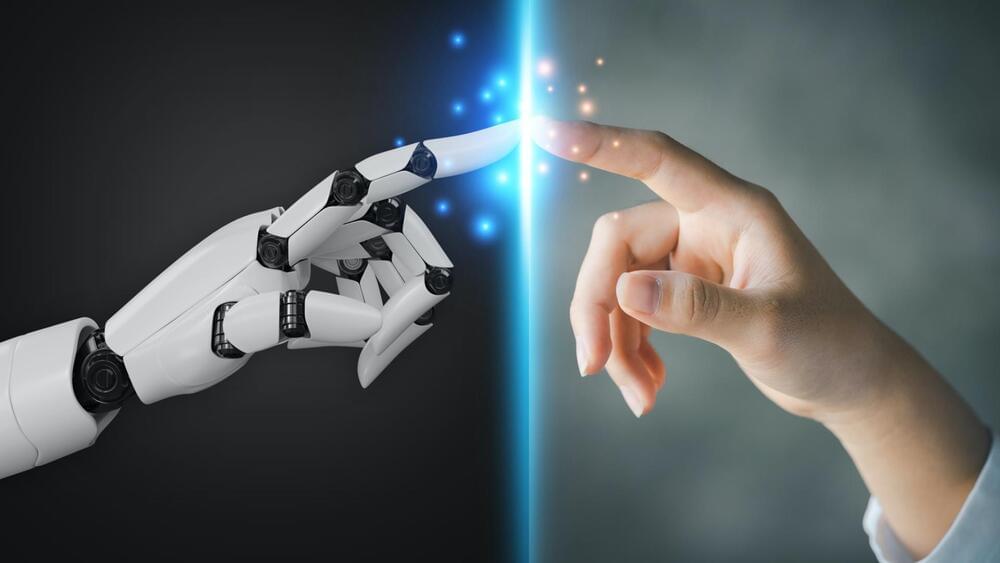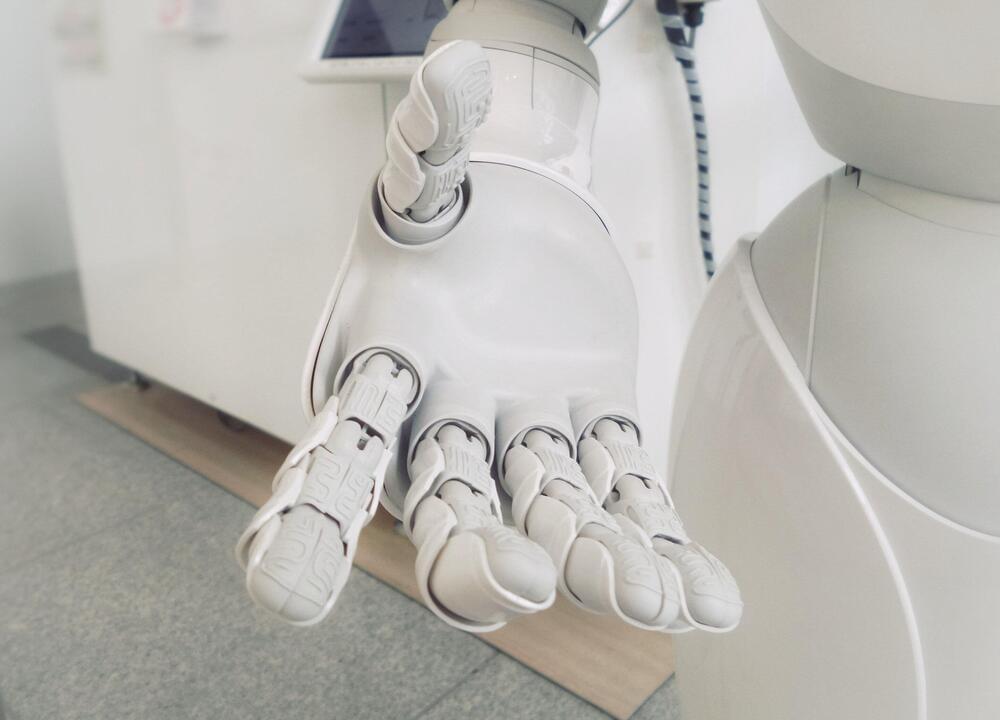High-resolution 3D retina images have specific markers that can indicate the risk of Parkinson’s in a person. A new AI program can identify these markers and tell whether or not you have the disease.
Although Parkinson’s disease (PD) is incurable, a non-profit National Council of Aging report suggests that early detection and treatment could help patients live a long and productive life even with the disease.
However, in reality, even by the age of 50, less than 10 percent of patients are diagnosed. In fact, most PD patients found out about the condition in their 60s, and by then, it is too late for any treatment to work effectively.



